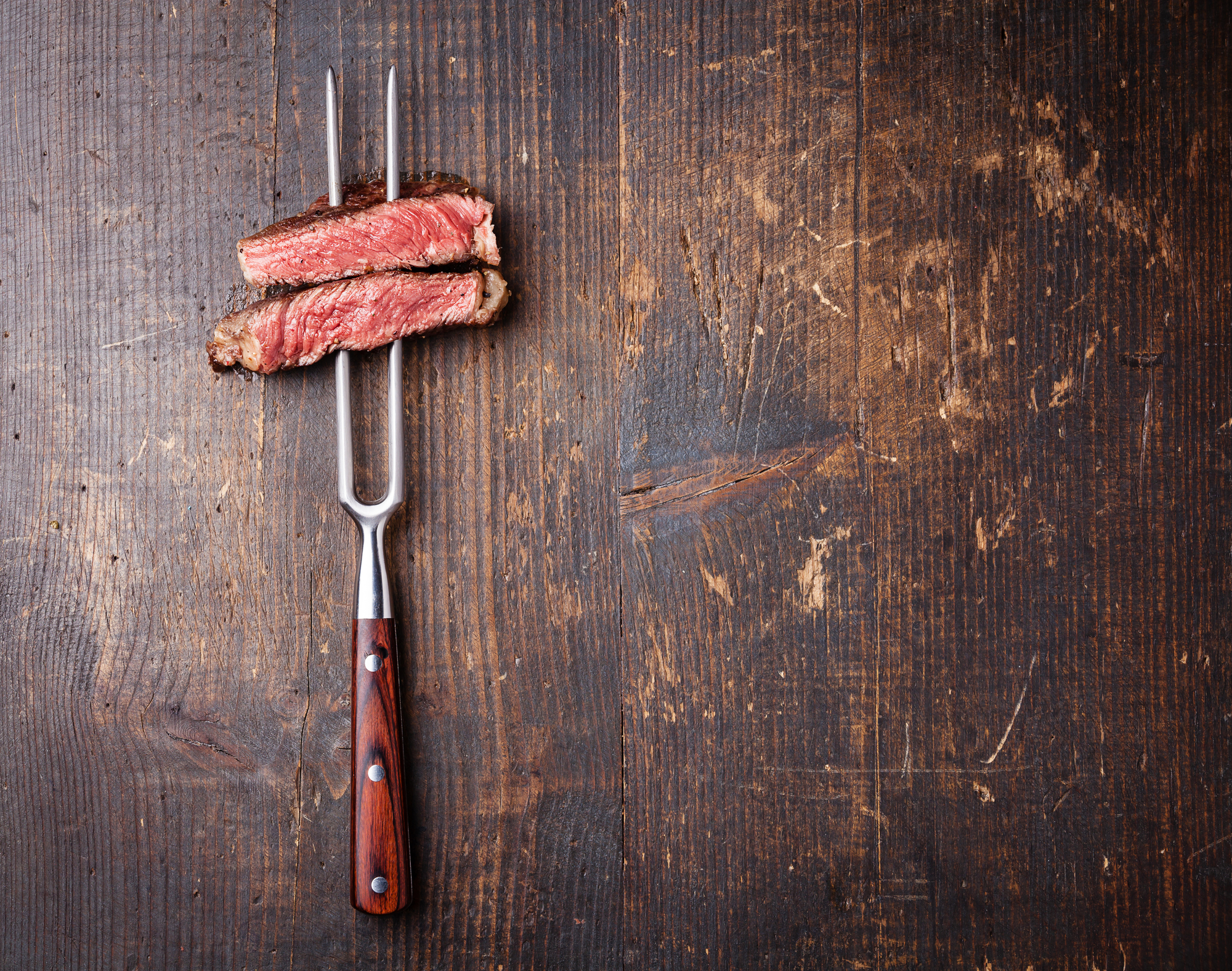There are many cuts of steak available that are used at steak restaurants. From rump steak to tenderloin, each cut offers varying levels of flavor, marbling, and tenderness, and varying cuts are generally used for different types of dishes. While North American consumers may be familiar with filet mignon and and t-bone steak, they may not be quite as familiar with a French cut known as beef merlan.
But just because most North American diners aren’t familiar with this cut of steak doesn’t mean it isn’t worth their time. So what is beef merlan, and how can it fit in with your beef steak dining experiences? Here’s a closer look.
Beef merlan is a round cut taken from the central piece of the cattle’s inner thigh in the area around the hip socket, close to the cut that is referred to as topside in North America. While quite popular in France, beef merlan isn’t as well-known in other areas, despite its high quality. This cut of beef is typically leaner than other beef steak cuts, with less marbling than ribeye and other fattier types of steak. This gives beef merlan a strong flavor, while also ensuring that the meat doesn’t house large pockets of fat.
Another distinctive feature of beef merlan is that it is typically sliced very thin, allowing it to cook quite quickly. The low fat content makes it easy to cut, which also speeds up the preparation process. Because of this, beef merlan and other cuts from the same area, such as top sirloin, are popular in restaurants.
Beef merlan can be cooked by grilling, broiling, or pan frying, and thanks to its relatively low fat content, burning and grill flare-ups are uncommon. As with other cuts of steak, beef merlan can be prepared with a coating of salt and pepper, or extra accompaniments such as bell pepper or garlic. Because it cooks so quickly and is less expensive than other cuts of meat, this thin cut of meat is used in a wide range of dishes–from economical steaks to and roasts to regional dishes such as Chicken Fried Steak. And just like other varieties of steak, it tastes even better with the addition of a specialty steak sauce!
Since beef merlan is easier to cook than other cuts of meat, it is also a popular choice for home cooking. While you may not be able to match the results of a professional chef, with beef merlan, you can enjoy a great tasting steak dinner in the comfort of your own home with much less stress and work. By lightly coating your beef merlan with salt and pepper and then pan searing each side of the steak, you can prepare your own delicious meal in a matter of minutes.
As with other cuts of red meat, beef merlan isn’t merely part of a delicious fine dining experience –it is also an excellent source of protein, B vitamins, and several essential minerals. These nutrients help strengthen the immune system, increase red blood cell production, and promote muscle growth. While red meat is sometimes associated with unhealthy levels of fat and cholesterol, beef merlan’s status as a leaner cut also means that consumers don’t need to worry as much about the health issues associated with unhealthy levels of saturated fat consumption.
Because of how easy it is to cook and its relatively low fat content, beef merlan is gradually gaining popularity in North America and other areas. So why not try something different? The next time you go out to eat–or the next time you’re buying steak for your own home cookout–see if you can find beef merlan. You won’t be disappointed.

